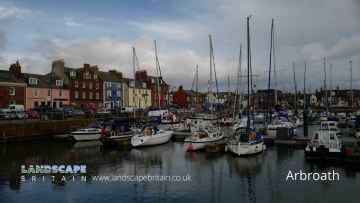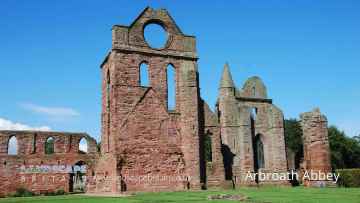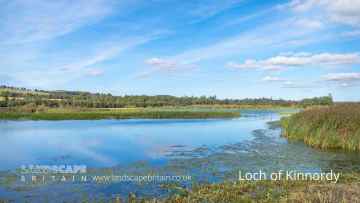Arbroath is a Town in the county of Angus.
Arbroath is the largest town in Angus, Scotland. The town is best known for its Abbey, which was founded in 1178 by King William the Lion. Arbroath is also home to the Arbroath Harbour, which is a busy fishing port, and to the B&Q store on the outskirts of town. The town has a population of around 22,000 people.
Arbroath Abbey was founded in 1178 by King William the Lion, and it soon became one of the most important religious sites in Scotland. The Abbey was sacked by the English in 1320, but it was rebuilt and continued to be an important site for pilgrims and tourists. Today, the Abbey is open to the public and is a popular tourist attraction.
Arbroath Smokies are a type of smoked salmon that is popular in the town of Arbroath, in Angus, Scotland. The smokies are made by smoking fresh salmon fillets over a peat fire. The smokies are a popular dish in local pubs and restaurants, and they are also available for purchase in local shops.
Arbroath postcode: DD11 1DP
There are great places to visit near Arbroath including some great towns, ruins, lakes, nature reserves, woodlands and historic monuments.
There are a several good towns in the Arbroath area like Arbroath, Kirriemuir, Forfar, Montrose, Monifieth, Carnoustie, and Brechin.
Places near Arbroath feature a number of interesting ruins including Arbroath Abbey.
Lakes to visit near Arbroath include Loch of Kinnordy.
Loch of Kinnordy is a great place to visit close to Arbroath if you like nature reserves.
Arbroath is near some unmissable woodlands like Loch of Kinnordy,
The area close to Arbroath boasts some of the best historic monuments including Balmashanner Monument.
Arbroath History
There are some historic monuments around Arbroath:
Places to see near Arbroath
History of Arbroath
The area around Arbroath has been occupied since at least the Neolithic period. Material taken from postholes from an enclosure at Douglasmuir, near Friockheim, about five miles north of Arbroath have been radiocarbon dated to around 3500 BC The function of the enclosure is unknown, but may have been for agriculture or for ceremonial purposes. Bronze age archaeology is to be found in abundance in the surrounding area. Examples include the short-cist burials found near West Newbigging, about a mile to the North of the town. These burials included pottery urns, a pair of silver discs and a gold armlet. Iron Age archaeology is also well represented, for example in the souterrain nearby Warddykes Cemetery and at West Grange of Conan, as well as the better-known examples at Carlungie and Ardestie. The area appears to have been of some importance in the early Christian period, as evidenced by the Pictish stone carvings found during the restoration of St Vigeans Church, and now housed in the small museum there. The stones had been used in the building of the old church and many had been badly damaged. One of the stones, the 9th century Drosten Stone, has the distinction of being one of the few Pictish artefacts to have an inscription in Latin text: ‘DROSTEN: IREUORET [E]TTFOR CUS’, which has been interpreted in various ways, but it is thought to refer to the Pictish King Uurad, who reigned between 839 and 842 AD.














